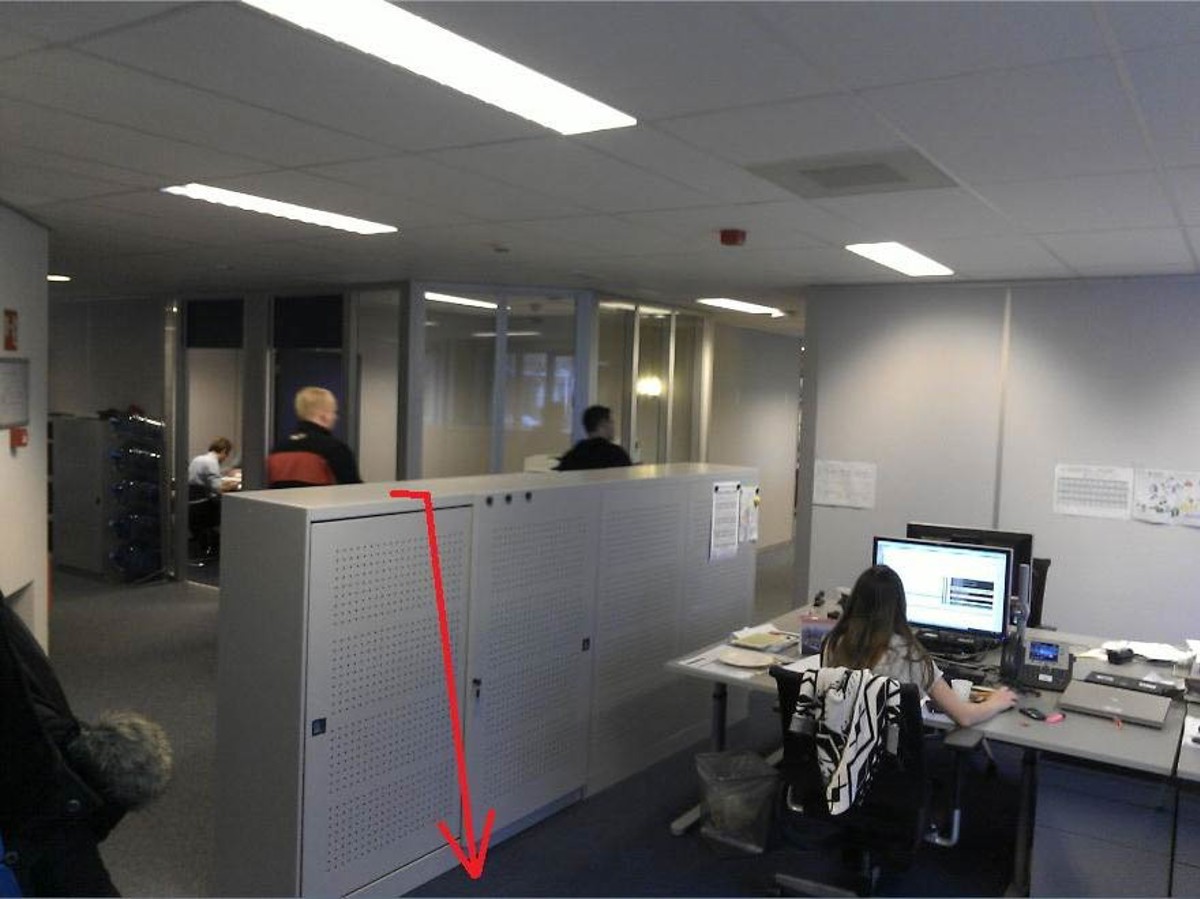Dropped fluorescent light tube
- Safety Flash
- Published on 13 March 2014
- Generated on 28 December 2025
- IMCA SF 03/14
- 1 minute read
Jump to:
A Member has reported an incident in which carelessness resulted in minor damage to equipment.
What happened?
During the replacement of old fluorescent light tubes in an onshore office location, a new fluorescent light tube dropped down from the cabinet (1.6 metres) to the ground and smashed. As a result, glass and particles from the fluorescent light were flying around and landed on various places (in a radius of around 5 metres). Nobody was hit or injured. At the time of the incident the person involved was climbing the ladder to remove the old light tube.
Direct cause: Failure to secure loose object. The fluorescent light tube was able to roll from the cabinet to the ground, because it was not in a secured position.
Root cause: Inadequate assessment of needs and risks. No-one seriously considered the possibility or assessed the risk of the fluorescent light tube rolling from the cabinet and smashing.

Our Member took the following action to prevent re-occurrence:
Transport trolleys to be made fit for purpose to store and secure the fluorescent light tubes, ladder, related personal protective equipment (PPE) and other items required for the repair or renewal of light fittings.
IMCA Safety Flashes summarise key safety matters and incidents, allowing lessons to be more easily learnt for the benefit of the entire offshore industry.
The effectiveness of the IMCA Safety Flash system depends on the industry sharing information and so avoiding repeat incidents. Incidents are classified according to IOGP's Life Saving Rules.
All information is anonymised or sanitised, as appropriate, and warnings for graphic content included where possible.
IMCA makes every effort to ensure both the accuracy and reliability of the information shared, but is not be liable for any guidance and/or recommendation and/or statement herein contained.
The information contained in this document does not fulfil or replace any individual's or Member's legal, regulatory or other duties or obligations in respect of their operations. Individuals and Members remain solely responsible for the safe, lawful and proper conduct of their operations.
Share your safety incidents with IMCA online. Sign-up to receive Safety Flashes straight to your email.